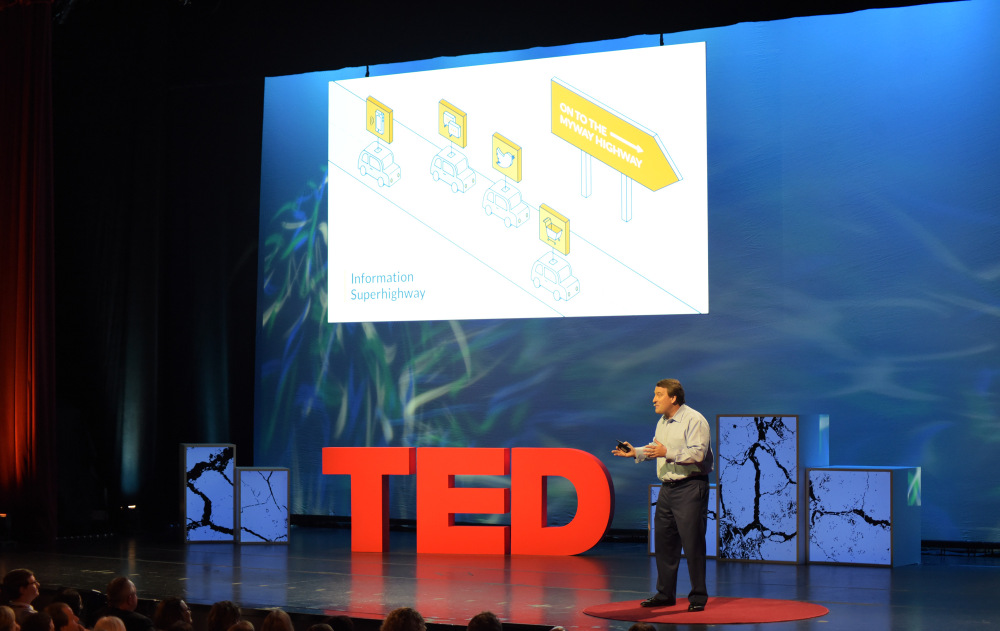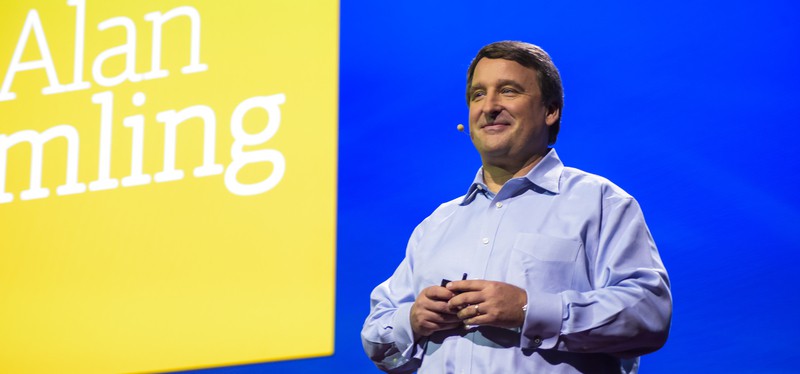3D Printing is set to change the face of the entire supply chain, according to the world’s largest package delivery firm, and there could be opportunities ahead for the sharpest delivery firms to become fully-fledged manufacturers.
UPS delivers more than 15 million packages in more than 220 countries every single day, but the Sandy Springs-based firm predicts that the widespread adoption of 3D printing will have a massive impact on the delivery business and the whole industrial landscape.
Alan Amling, Vice President of Marketing of UPS’s Global Logistics and Distribution department, was a speaker at the 2016 SAP Aerospace & Defense Innovation Days event. He said: “3D printing has been around since the 1980s, but today there’s really an explosion going on. Every week you see something new about it in the press.”
The potential for disruption has been there for a while
Of course the potential has always been there to disrupt the traditional supply chain. As 3D printing is widely adopted then the whole concept of mass production of products in a far-off land and shipping around the world comes under threat.
When a single printer, or set of printers, can handle almost any component, then tooling a factory overseas and then shipping the output becomes ineffective, inefficient, expensive and redundant.
“There are a number of advantages that make additive manufacturing especially attractive,” Amling said. “There are no minimum quantities, no upfront tooling costs, faster production times, and more cost-effective tailoring.”
Additive printing even affects design
3D printing also allows companies to rethink components and whole products from the ground up and Amling cited one manufacturer that managed to print a fuel nozzle that was previously made up of 20 separate parts.
Amling is an established expert and gives TED talks on the future of 3D printing. While he believes that traditional manufacturing still has a place, 3D printing will soon gain a major foothold. Mass production simply wasn’t viable until recently, but advances in the field are happening every week and the cost and production times are falling fast.

Cloud manufacturing on the way?
He put forward the bold concept that a network of printers in key distribution centres around the world could effectively create cloud manufacturing that could produce goods on demand.
“The 3D market is expected to triple over the next three years,” says Amling. “If you can imagine that just 5% of manufacturing moves to 3D printing, that would represent $640 billion.”
The parcel company wants to expand
UPS wants a piece of this action and wants to replace the business it will inevitably lose with a series of printing stations around the world that can print and supply components to companies on demand, plus Amazon rumored to looking to compete directly with UPS and others in the package-delivery market.
The logistics expertise on offer at UPS will still be valuable, as we’re unlikely to get to the point where every company can print all of its goods in-house for a long time to come. Indeed it represents an opportunity.
So UPS’s partnership with CloudDDM makes a good deal of sense. Essentially the deal involves creating one centre, that could be followed by more, that houses 1000 printers to make parts, prototypes and consumables for clients that it then delivers to the right place.
Could delivery firms become the manufacturer?
If UPS has bet right then it will actually increase its business and become a manufacturer, as well as simply the delivery company. So the firm could yet pluck victory from the jaws of defeat.
“We maintain more than 1,000 global field stocking stations,” said Amling, “And these warehouses store critical spare parts for companies around the world.” So what happens to this significant segment of the business when inventory is stored virtually and can be created using 3D printing?
“Change is going to happen, there’s no way to stop it. So you have to make the decision. Do you want to be the bug or the windshield?”
Let’s see what the future holds
It’s brave talk and an intriguing look at the future through the eyes of the shipping companies whose very future is at stake.
We don’t know if Amling’s vision will come to pass, of course, but we do know that 3D printing is going to change the world. Stay tuned, it’s going to be a fascinating ride.




